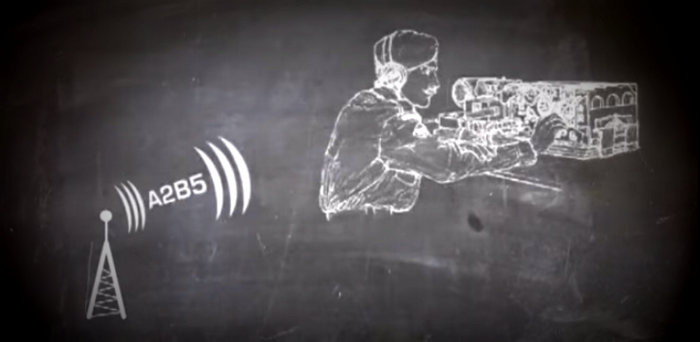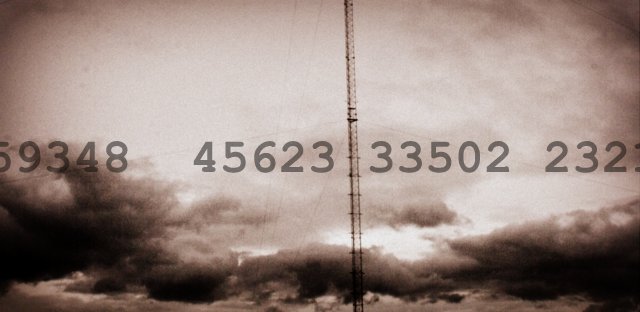
While band scanning last Sunday (September 8, 2014) I stumbled upon the Cuban numbers station HM01 on 11,530 kHz at 17:30 UTC.
It’s always intriguing to hear shortwave numbers stations, but I prefer those that stick to pure vocal number strings; HM01 has numbers with digital bursts between number sets, which is a more fatiguing listening experience. Nonetheless, I kept it playing in the background as I tooled around the radio room Sunday afternoon, putting away supplies from my recent three week road trip.
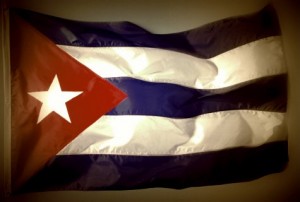 Several times during the HM01 broadcast, I heard the audio (not the AM carrier) drop in the middle of numbers sets and digital bursts. This isn’t the first time I’ve heard hiccups on HM01 (see this post from last year, for example), so I wasn’t terribly surprised. Then, close to the top of the hour, HM01 audio dropped for a minute or so, then switched back to five-number sets with no digital bursts between; though I wasn’t copying the message, I suspected that someone in the studio intentionally, perhaps in frustration–or else accidentally–started the broadcast from the beginning again.
Several times during the HM01 broadcast, I heard the audio (not the AM carrier) drop in the middle of numbers sets and digital bursts. This isn’t the first time I’ve heard hiccups on HM01 (see this post from last year, for example), so I wasn’t terribly surprised. Then, close to the top of the hour, HM01 audio dropped for a minute or so, then switched back to five-number sets with no digital bursts between; though I wasn’t copying the message, I suspected that someone in the studio intentionally, perhaps in frustration–or else accidentally–started the broadcast from the beginning again.
At this point, I started recording. The five-number sets continue for about a minute, then the carrier unexpectedly drops:
Since it was near the top of the hour, and HM01 broadcasts only tend to last one hour, I didn’t expect to hear the broadcast repeat–and it didn’t, at least on 11,530.
Via a little band scanning, I discovered that HM01 had unexpectedly migrated 105 kHz higher, to 11,635 kHz. This broadcast audio also begins a little awkwardly. You’ll hear the audio drop; I scan for a few seconds, then return to 11,635, and HM01 comes back. And this time, the numbers set sounds cleaner, with fewer problems. Here’s the recording:
I couldn’t help but chuckle over this…
Evidently, this message had some important content–otherwise they wouldn’t have re-broadcast the entire set the following hour, 105 kHz up from the original frequency (most likely protocol after technical difficulties). I imagine spies huddled around their radios, cursing at the interruptions and frustrated they had to listen for an additional hour; and I imagine the confusion at the broadcast site as they tried to diagnose the problem in a live broadcast. It’s during these little mistakes that numbers stations inadvertently tell us who they are (Radio Havana Cuba content has accidentally been played before on Cuban numbers stations).
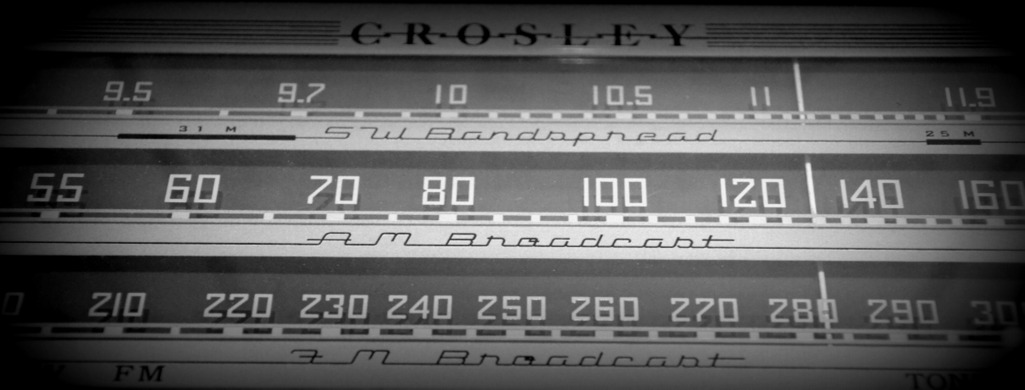 Photographer, Lewis Bush, is seeking ham radio stations and shortwave listening posts in the London, England area. Lewis writes to the SWLing Post:
Photographer, Lewis Bush, is seeking ham radio stations and shortwave listening posts in the London, England area. Lewis writes to the SWLing Post:
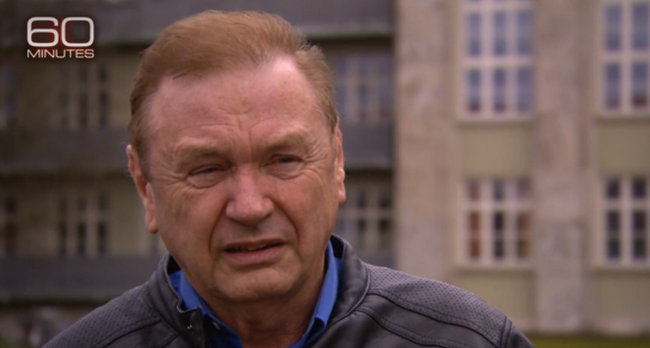


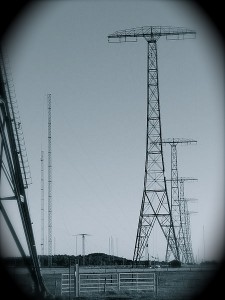 Many thanks to SWLing Post reader, Richard Cuff, who shares this link to a numbers station piece
Many thanks to SWLing Post reader, Richard Cuff, who shares this link to a numbers station piece 